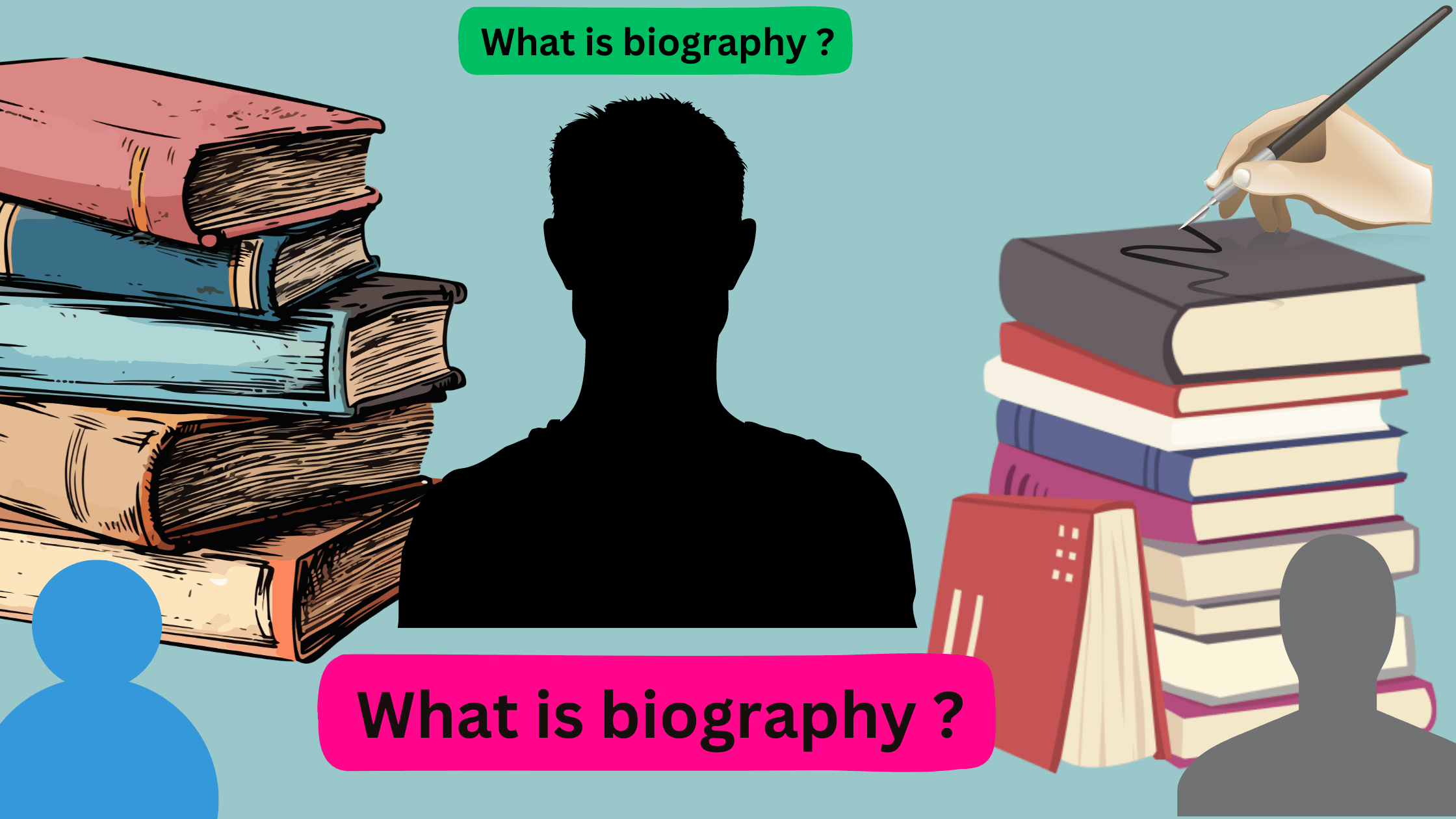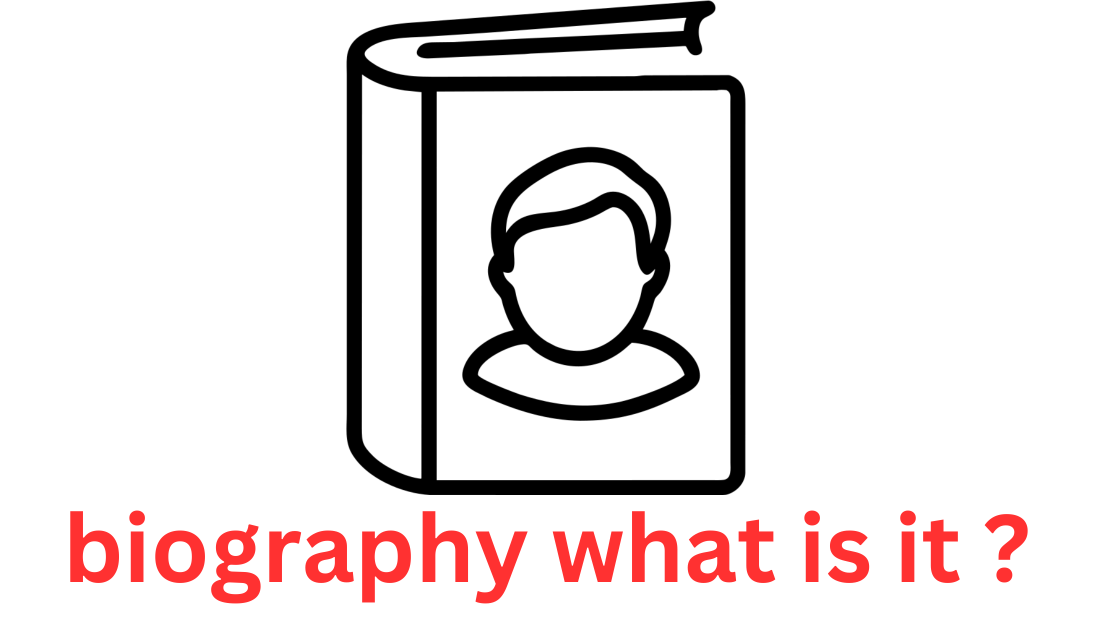How to Make Biographies More Engaging
Are you tired of biographies that put you to sleep? Do you want to make your own biography more engaging and captivating? Look no further, because in this article, we will reveal the secrets to crafting a compelling biography that will captivate your readers from start to finish.
Biographies have the power to transport readers into the lives of extraordinary individuals, but all too often, they can become dry and repetitive. To avoid this, it’s important to infuse your biography with a touch of storytelling, bringing your subject to life on the page.
In this guide, we will show you how to inject personality and emotion into your biographies, making them more relatable and engaging for your readers. From selecting the most fascinating anecdotes to creating a strong narrative structure, we will provide you with practical tips and techniques that will take your biographies to the next level.
Whether you’re writing a biography for personal or professional reasons, this article will equip you with the tools to create a captivating story that will resonate with your audience. So, let’s dive in and discover how to make biographies more engaging!
The importance of engaging biographies
Biographies have the power to captivate readers, transporting them into the lives of extraordinary individuals and inspiring them with tales of triumph, adversity, and personal growth. However, all too often, biographies can become dry, repetitive, and devoid of the very elements that make a life story truly compelling. To combat this, it is essential to craft biographies that are engaging, immersive, and leave a lasting impression on the reader.
Engaging biographies have the ability to transcend the boundaries of mere facts and dates, delving into the emotional, psychological, and social dimensions of a person’s life. They have the power to evoke empathy, curiosity, and a deeper understanding of the human experience. By crafting a biography that is both informative and emotionally resonant, writers can create a narrative that captivates the reader from start to finish.
Moreover, engaging biographies can serve as powerful tools for personal growth, inspiration, and self-discovery. When readers connect with the subject on a deeper level, they are more likely to find relevance and meaning in the story, drawing parallels to their own lives and experiences. This can lead to a transformative reading experience, where the reader not only learns about the subject but also gains valuable insights into their own journey.
Understanding your audience
Crafting an engaging biography begins with a deep understanding of your target audience. Who are you writing for, and what are their expectations, interests, and preferences? By tailoring your approach to the specific needs and characteristics of your readers, you can create a biography that resonates with them on a personal level.
For example, if you are writing a biography for a younger audience, you may want to focus on elements that capture their attention, such as the subject’s struggles, triumphs, and relatable experiences. Conversely, if your target audience is more academic or scholarly, you may want to emphasize the subject’s contributions to their field, their intellectual achievements, and the historical significance of their life.
Understanding your audience also extends to considering their cultural, social, and demographic backgrounds. By acknowledging and respecting the diverse perspectives and experiences of your readers, you can craft a biography that is inclusive, sensitive, and relevant to their lived realities. This can involve incorporating diverse voices, perspectives, and narratives into the biography, ensuring that it reflects the richness and complexity of the human experience.
Choosing an interesting angle for the biography
One of the keys to crafting an engaging biography is finding a unique and compelling angle that sets your story apart from the rest. Rather than simply recounting a chronological list of events, consider exploring a specific aspect of the subject’s life that is particularly intriguing or thought-provoking.
This could involve focusing on a specific turning point or pivotal moment in the subject’s life, delving into their personal struggles and triumphs, or exploring the social, political, or historical context that shaped their experiences. By honing in on a specific angle, you can create a more focused and engaging narrative that keeps the reader captivated from start to finish.
For example, instead of a straightforward chronological biography of a famous artist, you could explore the subject’s creative process, the personal challenges they faced, or the ways in which their art reflected the sociopolitical landscape of their time. By choosing an angle that is both informative and emotionally resonant, you can craft a biography that stands out and leaves a lasting impression on the reader.
Incorporating storytelling techniques
One of the most effective ways to make a biography more engaging is to incorporate storytelling techniques that bring the subject’s life to life on the page. By drawing on the principles of narrative writing, you can create a more immersive and captivating reading experience for your audience.
This can involve using vivid descriptions, dialogue, and sensory details to transport the reader into the world of the subject. Rather than simply stating facts and dates, consider weaving in anecdotes, personal reflections, and emotional moments that give the reader a deeper understanding of the subject’s personality, motivations, and lived experiences.
Additionally, you can experiment with narrative structure, such as using flashbacks, flash-forwards, or non-linear timelines, to add depth and complexity to the biography. By playing with the chronology of events, you can create a sense of suspense, intrigue, and surprise that keeps the reader engaged and invested in the story.
Using descriptive language and vivid imagery
Another key element of crafting an engaging biography is the use of descriptive language and vivid imagery. By painting a rich and detailed picture of the subject’s world, you can help the reader to visualize the events, settings, and characters that shaped their life.
This can involve using sensory details to describe the sights, sounds, smells, and textures that were present in the subject’s environment. For example, instead of simply stating that the subject grew up in a small town, you could describe the quaint main street, the rustling of the leaves in the town square, and the aroma of freshly baked bread wafting from the local bakery.
In addition to sensory details, you can also use figurative language, such as metaphors and similes, to create a more vivid and evocative portrayal of the subject’s experiences. This can help to convey the emotions, thoughts, and perspectives of the subject in a more impactful and memorable way.
Including personal anecdotes and quotes
Incorporating personal anecdotes and direct quotes from the subject or those who knew them can be a powerful way to add depth, authenticity, and emotional resonance to a biography. By allowing the subject’s own voice and perspective to come through, you can create a more intimate and relatable reading experience for your audience.
Personal anecdotes can provide valuable insights into the subject’s personality, values, and lived experiences, humanizing them and making them more relatable to the reader. These stories can range from lighthearted moments of joy and laughter to poignant reflections on loss, struggle, or personal growth.
Direct quotes, on the other hand, can lend credibility and authenticity to the biography, giving the reader a sense of the subject’s unique way of speaking and thinking. By carefully selecting and incorporating relevant quotes, you can allow the subject to tell their own story, adding a level of depth and nuance that can be difficult to achieve through third-person narration alone.
Adding multimedia elements to enhance engagement
In the digital age, incorporating multimedia elements into a biography can be a powerful way to enhance engagement and bring the subject’s story to life in a more immersive and dynamic way. From photographs and videos to audio recordings and interactive timelines, these multimedia elements can help to create a multisensory reading experience that engages the reader on multiple levels.
Photographs, for example, can provide visual context and help the reader to better understand the subject’s physical appearance, surroundings, and personal relationships. Similarly, video footage or audio recordings can allow the reader to hear the subject’s own voice, adding a level of authenticity and emotional resonance to the biography.
Interactive elements, such as timelines or maps, can also be used to help the reader better understand the chronology of events or the geographical context of the subject’s life. By incorporating these types of multimedia elements, you can create a more engaging and immersive reading experience that keeps the reader actively involved and invested in the subject’s story.
Breaking up the text with subheadings and bullet points
To keep the reader engaged and prevent the biography from becoming overwhelming or monotonous, it’s important to break up the text with strategic use of subheadings and bullet points. These structural elements can help to organize the information, highlight key points, and make the overall reading experience more accessible and enjoyable.
Subheadings, for example, can be used to divide the biography into distinct sections or chapters, allowing the reader to easily navigate the content and identify the specific areas of interest. By crafting clear and concise subheadings, you can provide a roadmap for the reader, making it easier for them to follow the narrative and stay engaged with the story.
Bullet points, on the other hand, can be used to present information in a more concise and visually appealing way. This can be particularly useful for highlighting key facts, summarizing important events, or listing the subject’s achievements or accomplishments. By breaking up the text with bullet points, you can make the biography more scannable and accessible, allowing the reader to quickly identify the most salient information.
Incorporating interactive elements, such as quizzes or polls
To further enhance the engagement and interactivity of a biography, consider incorporating elements such as quizzes, polls, or other interactive features. These types of interactive elements can help to keep the reader actively engaged with the content, encouraging them to reflect on and apply the information they’ve learned in a more meaningful way.
Quizzes, for example, can be used to test the reader’s knowledge and understanding of the subject’s life, while also providing an opportunity for them to engage with the material in a more active and participatory way. Similarly, polls or surveys can be used to gather the reader’s opinions, perspectives, or personal experiences, adding an additional layer of interactivity and personalization to the biography.
By incorporating these types of interactive elements, you can create a more dynamic and engaging reading experience that goes beyond the traditional linear format of a biography. This can help to keep the reader invested in the story, while also providing valuable feedback and insights that can inform future iterations or revisions of the biography.
The power of an engaging biography
In conclusion, crafting an engaging biography is a powerful way to captivate readers and inspire them with the stories of extraordinary individuals. By incorporating storytelling techniques, vivid imagery, personal anecdotes, and multimedia elements, writers can create a reading experience that is both informative and emotionally resonant.
Moreover, by understanding the needs and preferences of their target audience and tailoring their approach accordingly, writers can ensure that their biographies resonate with readers on a deeper level. Whether the subject is a historical figure, a contemporary leader, or a personal hero, an engaging biography has the power to transport the reader, foster empathy and understanding, and leave a lasting impact on their lives.
So, if you’re looking to breathe new life into your biographies and create a more captivating reading experience, consider the strategies and techniques outlined in this article. By embracing the power of storytelling and multimedia, you can craft biographies that not only inform but also inspire, captivate, and transform your readers.


